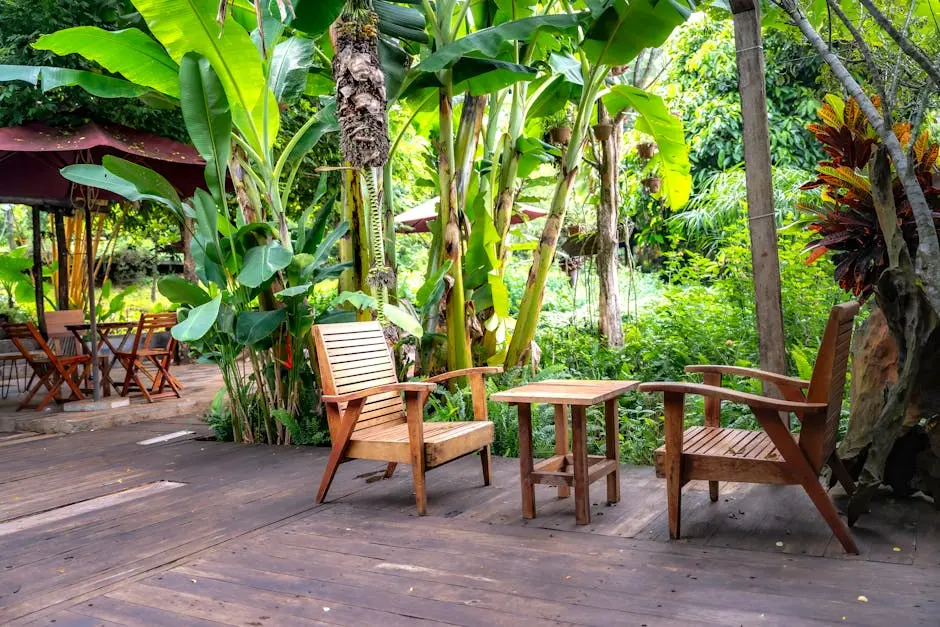Exploring the Beauty of Tropical Plants
Imagine waking up to the lush green leaves and vibrant flowers of tropical plants in your own space. Tropical plants can transport you to a paradise right in your home or office. The diversity of tropical plants is astounding, ranging from the iconic Monstera deliciosa with its unique leaf splits to the colorful Bromeliads that brighten up any room. Each plant has its own charm and brings a touch of the exotic to your surroundings.
Embracing tropical plants is like inviting a piece of a faraway jungle into your everyday life. The large, glossy foliage of plants like the Fiddle Leaf Fig can create a statement in any room, while the delicate fronds of a Boston Fern add a soft, elegant touch. Whether you prefer bold and dramatic or subtle and graceful, there’s a tropical plant out there for everyone.
The allure of tropical plants doesn’t stop at their aesthetic appeal. These plants often come with intriguing stories and cultural significance. For example, the Peace Lily is not just a beautiful plant but also a symbol of peace and prosperity. Learning about the background of each tropical plant can deepen your appreciation for these botanical wonders.
Tropical plants are more than just decorations; they are living organisms that can positively impact your well-being. Studies have shown that being around plants, especially lush tropical ones, can reduce stress levels and improve air quality. So, by incorporating tropical plants into your space, you’re not just adding beauty but also promoting a healthier environment for yourself.
Benefits of Adding Tropical Plants to Your Space
The benefits of having tropical plants in your space go beyond aesthetics. These plants can act as natural air purifiers, filtering out pollutants and refreshing the air you breathe. Imagine coming home to a space filled with clean, oxygen-rich air, thanks to your tropical plant companions.
In addition to their air-purifying qualities, tropical plants can also boost your mood and productivity. The vibrant colors and unique shapes of tropical foliage can uplift your spirits and create a more inspiring environment. Having a few tropical plants on your desk or in your living room can make a significant difference in how you feel on a daily basis.
Furthermore, caring for tropical plants can be a calming and rewarding experience. The act of nurturing a plant, watching it grow and thrive under your care, can bring a sense of fulfillment and connection to nature. It’s a simple yet profound way to cultivate mindfulness and appreciation for the natural world around us.
Factors to Consider When Selecting Tropical Plants
When choosing tropical plants for your space, there are several factors to keep in mind to ensure they thrive. Light exposure is crucial, as tropical plants often require bright, indirect sunlight to grow well. Consider the natural light conditions in your home or office and choose plants that match those requirements.
Another important factor is humidity levels. Tropical plants thrive in humid environments, so if you live in a dry climate, you may need to increase the humidity around your plants using a humidifier or pebble tray. Providing the right amount of water, nutrients, and proper drainage are also essential for the health of your tropical plants.
Consider the space available for your tropical plants. Some plants, like the majestic Banana Plant, require ample space to grow and spread out, while others, such as the compact Snake Plant, are perfect for small spaces. Think about the mature size of the plant and make sure it fits well in your chosen location.
Best Placement Options for Tropical Plants in Your Home or Office
Finding the ideal spot for your tropical plants is essential for their well-being. In general, most tropical plants thrive in areas with bright, indirect sunlight, such as near east or west-facing windows. Placing plants near windows can provide them with the light they need without subjecting them to direct sunlight, which can be too harsh.
Consider the specific light requirements of each plant when deciding where to place them. Plants like the Zebra Plant prefer bright indirect light, while others, like the Peace Lily, can tolerate lower light conditions. Creating microclimates within your space by grouping plants with similar light and humidity needs can help you optimize their growth and health.
Don’t forget to pay attention to temperature variations in your space. Most tropical plants thrive in temperatures between 65-85°F (18-29°C). Avoid placing plants near drafty windows or heating vents, as sudden temperature fluctuations can stress the plants. By finding the right balance of light, humidity, and temperature, you can create a tropical oasis in your home.
Tips for Caring for Your Tropical Plants Year-Round
To keep your tropical plants healthy and thriving throughout the year, regular care and maintenance are essential. One crucial tip is to water your plants properly, ensuring they receive enough moisture without becoming waterlogged. Most tropical plants prefer consistently moist soil but can suffer if overwatered.
Regularly dusting the leaves of your tropical plants with a damp cloth can help them photosynthesize more effectively by removing dust that blocks sunlight. It’s also important to monitor your plants for signs of pests or diseases and take prompt action to prevent any issues from spreading. Keeping a close eye on your plants can help you catch and address problems early on.
During the growing season, consider feeding your tropical plants with a balanced fertilizer to encourage healthy growth and vibrant foliage. Follow the recommended feeding schedule for each plant type, as over-fertilizing can harm the plants. Pruning any dead or yellowing leaves can also promote new growth and keep your plants looking their best.


